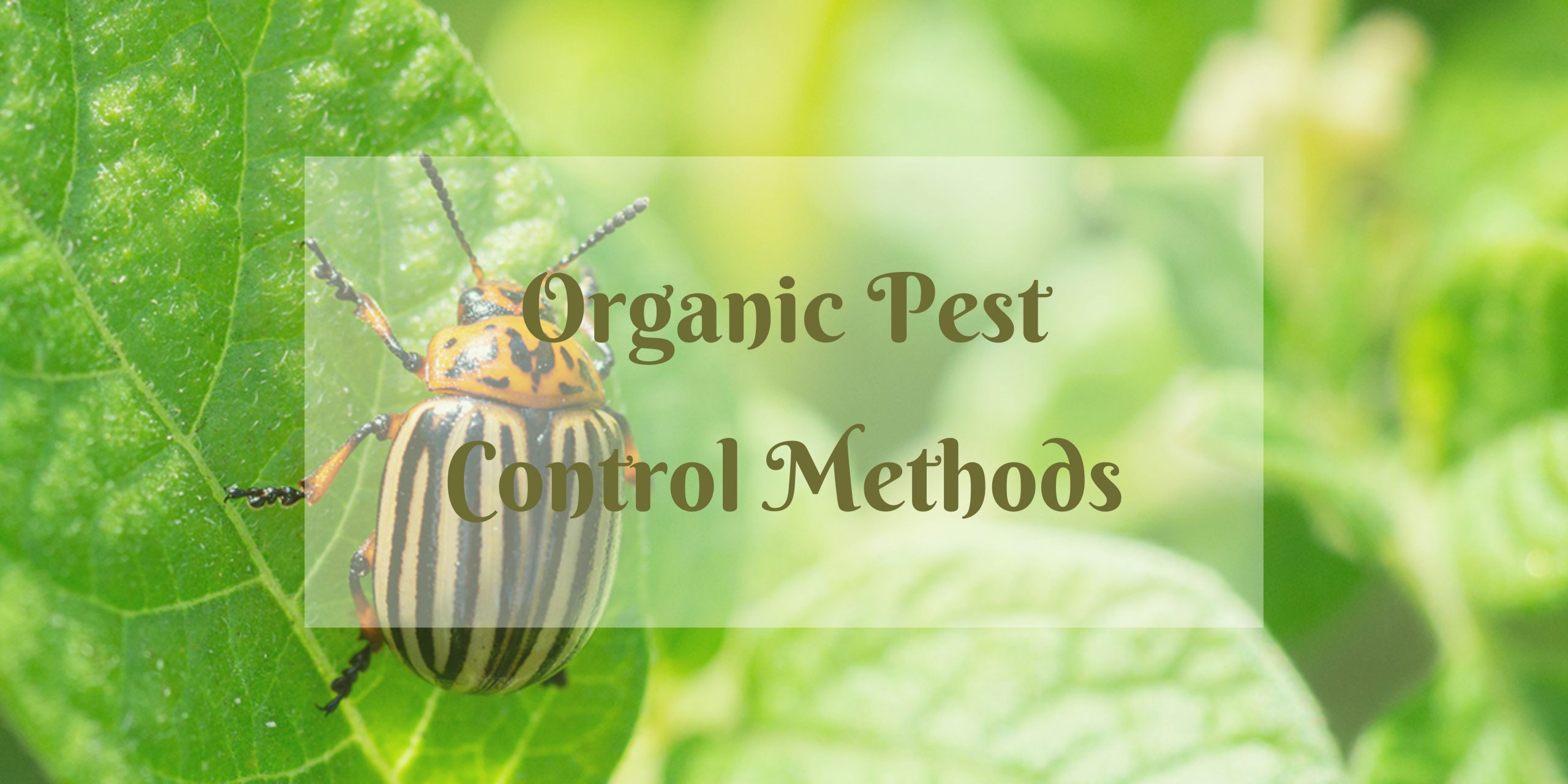
Organic Pest Control Methods
An Introduction to the Organic pest control method
An organic pest control method assists gardeners to produce sanitary growing conditions. It’s a green technique for controlling pests, weeds, and diseases. To apply the least hazardous techniques of pest management first, gardeners concentrate on natural processes and progressively increase the level of pest control if issues continue thus avoiding the negative consequences of chemical fertilisers. Healthy soils with a diverse soil food web give our plants balanced nourishment and disease suppression systems. Stress-free plants are extremely resistant to disease, making this a great place to start when dealing with a variety of pests. In unfavourable growing conditions, plants are more sensitive to disease and pests. On the other hand, Organic gardeners don’t merely rely on healthy soils. Even when their soil is operating optimally, many farmers may find a few pests among their plants. While good soil can help lessen insect threats, certain conditions throughout the growing season may affect our plants’ ability to defend themselves. As a result, farmers need a big arsenal to combat Mother Nature’s persistent environmental stressors.
Performance of the Organic pest control method
The phrase “organic” in horticulture refers to the use of no synthetic chemicals, such as fertilisers, pesticides, hormones, etc., in the cultivation or maintenance of decorative or food plants. Organic farming or gardening is often viewed as nature’s recycling scheme by the general public. The importance of organic farming lies in the fact that it preserves ecological health and many more. The organic pest control method outperforms chemical pesticides in certain cases. Professional pest control organisations are using organic approaches like intense heat or cold to combat hard-to-control insects like bed bugs. The medicinal and culinary benefits of neem have been known for a long time. Pests are reportedly scared off by its scent. Insects may be deterred from eating your plants by the bitter taste as well as the strong odour of this therapeutic herb. It’s safe for people and animals alike. Young plants are the greatest place to apply neem oil, as it is reported to be effective for 22 days. Mix a few drops of liquid soap with a little warm water and a few drops of neem oil. Spray it on and apply it right away.
Benefits of Organic food
There is an increasing trend worldwide for people to cultivate their own fruits and vegetables. And, well, why not? Organic food from your garden, free of toxic chemical pesticides and insecticides, along with organic food products’ many benefits such as increased immunity and stress relief sounds wonderful, doesn’t it? Environmentally harmful, pesticides are also harmful to people and animals. Contact with these chemically-loaded insecticides has been linked to a wide range of health problems, from respiratory ailments to cardiovascular concerns. The organic pest control method includes a variety of techniques to get rid of pests and one among them is onion and garlic spray. Add some water to one medium-sized onion and one garlic clove. When you’re ready to add the cayenne pepper and liquid soap, wait a few minutes before doing so. Keep your crops free of bugs by spraying them with this product. Eucalyptus oil’s pungent aroma repels mosquitoes and pests. It’s as simple as spritzing some oil on your plants and watching the magic happen. It would help if you were sure to apply it consistently.
How to use natural pesticides
Natural pesticides may be found in the kitchen if you’re wondering how to keep your plants safe from pests and insects. They’re all-natural, chemical-free, and safe for the environment. Some of our preferred, all-natural, affordable, and organic pest control methods for creating insecticides for your kitchen garden are included below. Salt spray is one of the finest and most organic methods for making your own insecticides at home. In addition to deterring pests, it will also aid in absorbing minerals like magnesium and phosphorus and sulphur by plants. Salt can be added to water and stirred thoroughly to make a solution. Spray it on the plants after mixing it up with a spray bottle. You may also reapply salt to the soil around the roots of your plants every week. The plant chemical compound pyrethrum is claimed to be present in chrysanthemum blossoms. Insects and pests may suffer neurological damage due to exposure to this chemical. Simply place dried flowers in a pot of water and bring to a boil for 20 minutes. Strain, chill and put it in your spray bottle before using it. For up to two months, this solution can be kept. You may add neem oil to it to make it more effective.